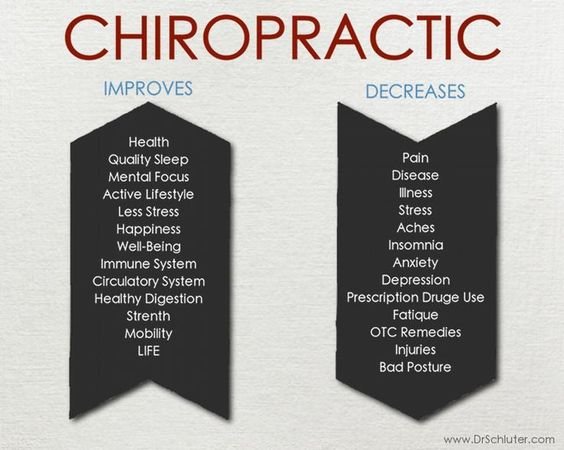Can Cold Laser Treatment Offer Alleviation For Chronic Discomfort Sufferers?
Can Cold Laser Treatment Offer Alleviation For Chronic Discomfort Sufferers?
Blog Article
Short Article By-Stein Skinner
You may have found out about cold laser therapy as a prospective solution for persistent discomfort relief, yet how exactly does it work? The concept of using low-level laser light to relieve consistent pain might seem appealing, however does it absolutely deliver on its assurances? Let's check out the scientific research behind cold laser therapy and whether it could be the key to managing your chronic discomfort effectively.
Understanding Cold Laser Treatment
To recognize cold laser therapy, you should grasp the basic concepts of how this non-invasive therapy technique functions. Cold laser therapy, additionally called low-level laser therapy (LLLT), involves using low-intensity laser light to promote recovery at the mobile level. This type of treatment is typically made use of to lower swelling, relieve pain, and promote tissue repair work in different conditions.
During a cold laser therapy session, an experienced healthcare expert will apply the laser tool directly to the skin in the afflicted area. The light power discharged by the laser penetrates the skin and is soaked up by the cells, where it's converted into biochemical energy. This energy assists to stimulate mobile processes, rise blood circulation, and decrease inflammation, causing discomfort relief and sped up recovery.
Cold laser treatment is a safe and painless therapy option that can be utilized alone or in mix with various other therapies to manage persistent discomfort effectively.
Mechanism of Discomfort Relief
Comprehending the mechanism of pain alleviation in cold laser therapy entails realizing how low-intensity laser light interacts with mobile procedures to minimize discomfort. When the cold laser is put on the skin, it penetrates the tissue and is taken in by the mitochondria within the cells. https://www.dailymail.co.uk/femail/article-8753969/Beauty-cynic-VICTORIA-WOODHALL-wasnt-expecting-miracles-Lyma-wand-guess-works.html sets off a collection of responses that bring about boosted manufacturing of adenosine triphosphate (ATP), the energy currency of the cell.
The enhanced ATP production improves cellular feature, including faster tissue repair and reduced inflammation.
Additionally, the laser light boosts the release of endorphins, which are the body's natural pain relievers. These endorphins assist to block discomfort signals and boost the feeling of health.
In addition, cold laser treatment promotes vasodilation, enhancing blood flow to the afflicted area. This enhanced blood circulation brings more oxygen and nutrients to the cells, assisting in the recovering procedure and lowering pain.
Effectiveness in Chronic Discomfort Administration
Cold laser treatment shows considerable effectiveness in handling persistent pain by targeting underlying mobile procedures and promoting natural pain relief mechanisms. By guiding low-level laser light at affected areas, this non-invasive treatment can promote the manufacturing of endorphins, which are the body's all-natural pain relievers. This procedure helps reduce inflammation and enhance blood circulation, aiding in the alleviation of persistent discomfort signs and symptoms.
Researches have actually revealed that cold laser therapy is specifically efficient in dealing with problems such as joint inflammations, fibromyalgia, and neuropathy. https://benefits-of-going-to-the17240.actoblog.com/32492781/cold-laser-therapy-unmasking-misconceptions-and-presenting-realities permeates deep right into the tissues, improving mobile feature and speeding up the recovery procedure. This results in lowered discomfort degrees and improved range of motion for people experiencing chronic pain.
In addition, cold laser therapy provides a risk-free and drug-free alternative for persistent discomfort administration, minimizing the danger of negative adverse effects generally related to drugs. Its capacity to offer resilient relief makes it a useful option for those seeking sustainable pain administration services.
Final thought
Finally, cold laser therapy uses an encouraging solution for persistent pain alleviation by targeting mobile processes to minimize swelling, boost endorphin release, and enhance blood flow.
This non-invasive and drug-free technique offers durable relief without the negative effects of standard pain medicines.
Think about discovering cold laser treatment as a secure and efficient choice for handling chronic discomfort conditions such as joint inflammations, fibromyalgia, and neuropathy.
